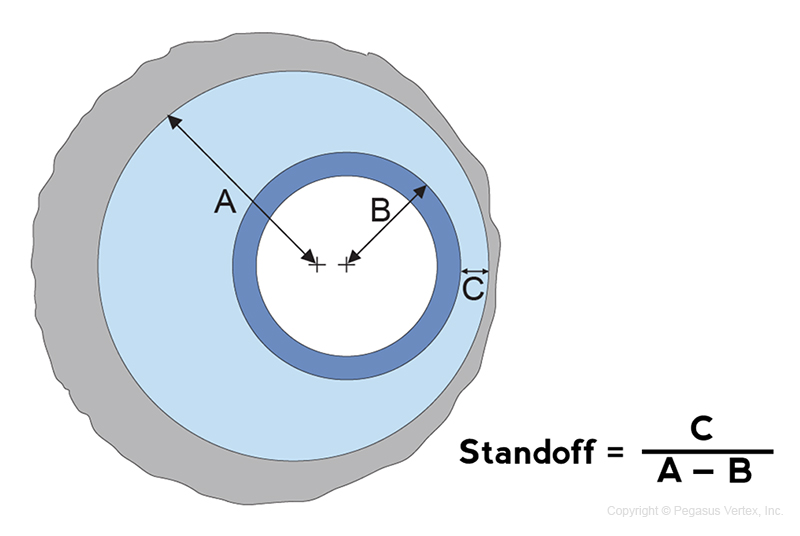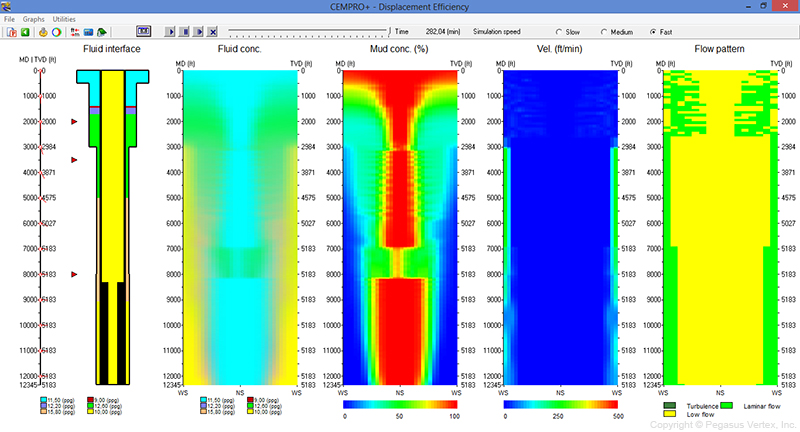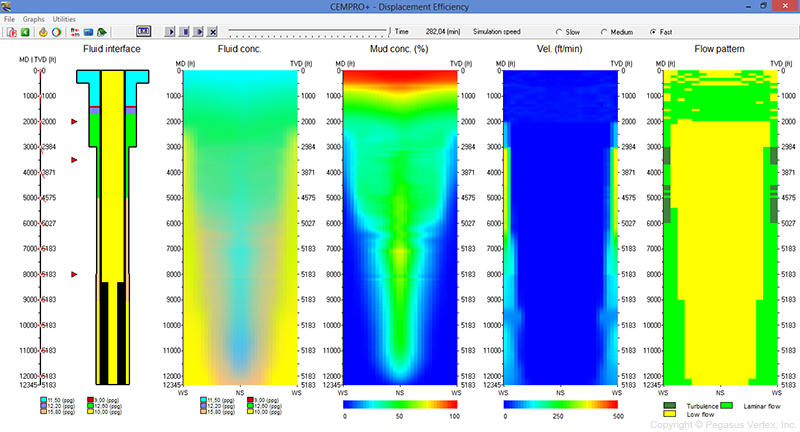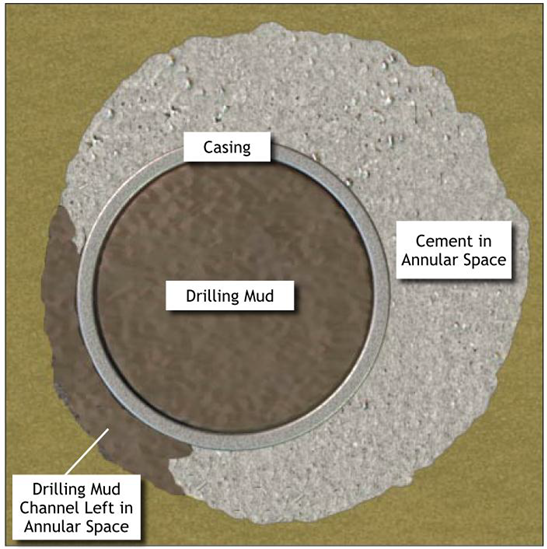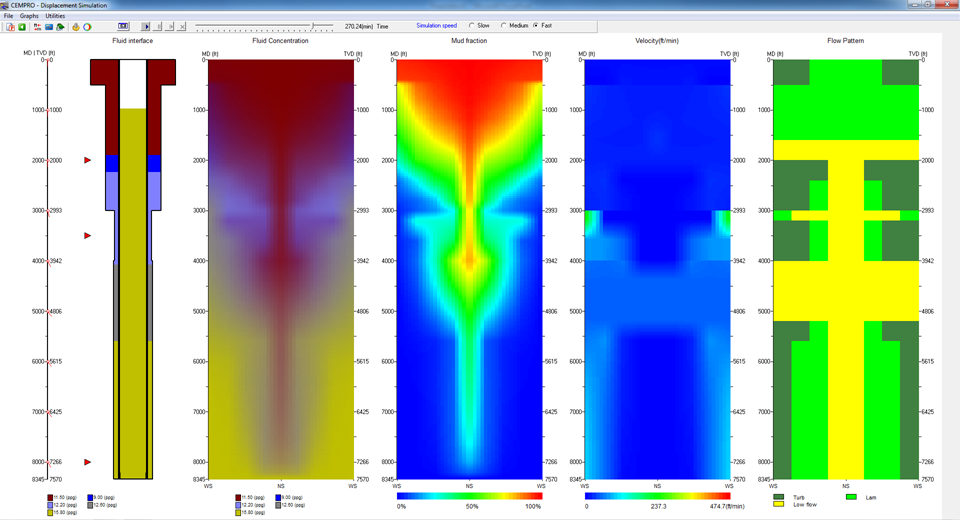After the cement slurries have been designed and formulated the next step is:
Cementing the Well
After the casing is run into the well, a cementing head is hooked to the top of the wellhead to receive the slurries from the pumps. Then there are two wiper plugs, also known as cementing plugs (bottom plug and top plug) that sweep the inside of the casing and prevent mixing the drilling fluids with the cement slurries. The bottom plug is introduced into the well, and cement slurries are pumped into the well behind it. The bottom plug is then caught right above the bottom of the well by the float collar, which functions as a one-way valve allowing the cement slurries to enter the well. The pressure on the cement being pumped into the well increases until a diaphragm is broken within the bottom plug, permitting the slurry to flow through it and up the outside of the casing string.
Once the proper volume of cement is pumped into the wellbore, the top plug is pumped into the casing pushing the remaining slurry through the bottom plug. After the top plug reaches the bottom plug, the pumps are turned off, and the cement is allowed to set. The amount of time it takes the cement to harden is called thickening time. For setting wells at deep depths, under high temperature or pressure, as well as in corrosive environments, special cements can be employed.
When it comes to cementing operations the ultimate and most difficult goal is to provide zonal isolation by displacing drilling mud with cement slurries because an incomplete mud removal causes a poor cement seal which can lead to a catastrophe.
PVI has developed CEMPRO+ with the capability of displacement efficiency for a successful cementing operation.
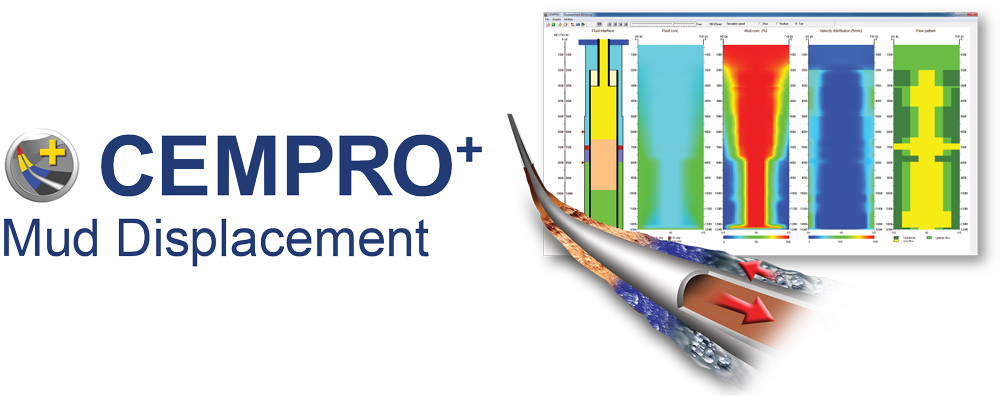 This software is designed for used for both land and offshore operations as well as conventional and/or foaming operations. CEMPRO+ uses advanced numerical methods to solve momentum and continuity equations on 3D grids and calculates the fluid concentration as well as the displacement efficiency. It accounts for many factors that can affect the efficiency of displacement jobs, including fluid properties, pumping rates, casing standoff, complex wellbore geometry and many more.
This software is designed for used for both land and offshore operations as well as conventional and/or foaming operations. CEMPRO+ uses advanced numerical methods to solve momentum and continuity equations on 3D grids and calculates the fluid concentration as well as the displacement efficiency. It accounts for many factors that can affect the efficiency of displacement jobs, including fluid properties, pumping rates, casing standoff, complex wellbore geometry and many more.

